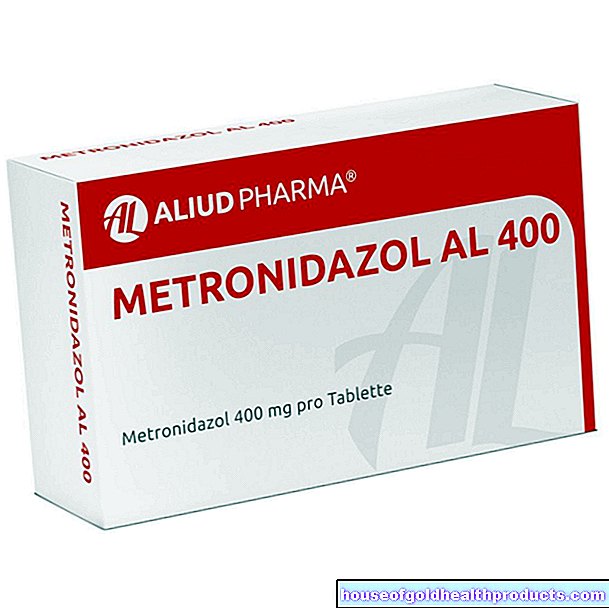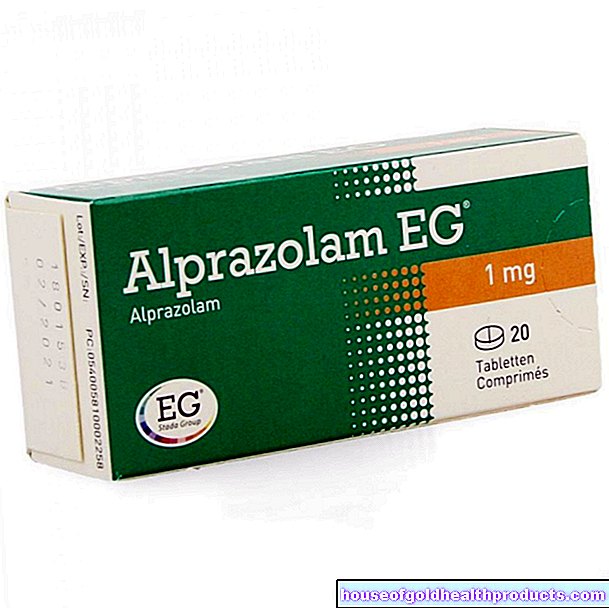Liver transplant
All content is checked by medical journalists.A liver transplant is the surgical transplantation of a liver or parts of a liver into a patient with liver disease. The donor liver comes either from a deceased person or - in the case of a partial donation - from a relative. Read everything about liver transplantation, when it is necessary and what problems can arise with it.

When do you need a liver transplant?
For patients with acute or chronic liver failure, transplantation is the only way to survive. Common reasons for liver dysfunction are:
- Cirrhosis of the liver (for example, from alcohol abuse, hepatitis, medication, or chemicals)
- malignant cancers
- congenital metabolic disorders of the liver (hemochromatosis, Wilson's disease and others)
- congenital malformations (for example of the bile duct)
For each patient, the doctor determines the so-called MELD score (Model for End-stage Liver Disease). This is calculated using various laboratory values and is used to classify the severity of the liver disease. In the doctor's letter, the doctor often shortens the liver transplant with LTx.
What are the first days after the liver transplant like?
Since this is a comparatively large procedure, the patient is initially brought to the intensive care unit for about two to seven days after the operation. This is usually followed by a further one to two weeks in the normal ward of the transplant center. During this time, the drug therapy is adjusted as optimally as possible. In addition, the patient receives physiotherapy support in order to prepare him for his everyday life.
Liver transplant: risks
In addition to the general surgical risks such as blood clot formation or wound infection, which every surgical procedure brings with it, some typical complications can occur with liver transplantation:
- Non-functioning of the transplant, a second transplant may be necessary
- increased risk of bleeding
- Occlusion of the hepatic artery
- Biliary stenosis (narrowing of the biliary tract)
Since the patient has to take medication that suppresses the immune system after a liver transplant, there is a significantly increased risk of infection. .
In the event of a rejection reaction, the body does not accept the foreign organ because the immune system turns against it. Possible signs of a rejection reaction are: Feeling weak, tired quickly, high temperature for several hours, loss of appetite, pain in the abdomen, clay-colored stools, dark urine and yellowing of the eyes and skin.
In principle, the underlying disease can recur or the liver can fail again after the transplant. Then another liver transplant must be performed.
Liver transplant: life expectancy
Thanks to medical advances in recent years, the life expectancy of liver transplant patients has improved significantly, especially thanks to advances in immunotherapy. On average, the one-year survival rate is over 90 percent, the 10-year survival rate is over 70 percent. After a liver transplant, life expectancy depends primarily on the patient's general state of health and the underlying disease.
Tags: gpp Baby Child laboratory values

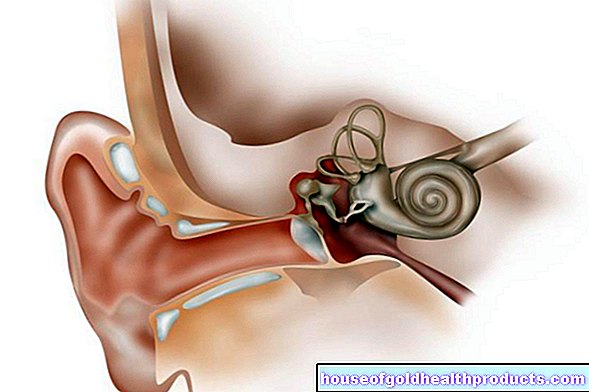




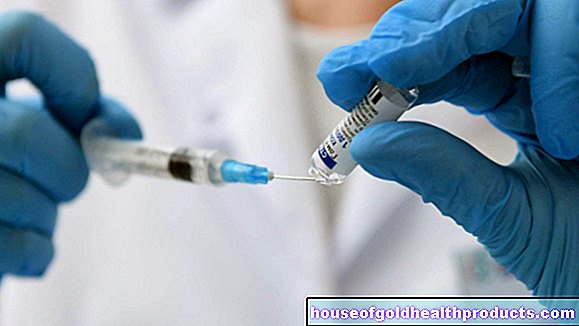

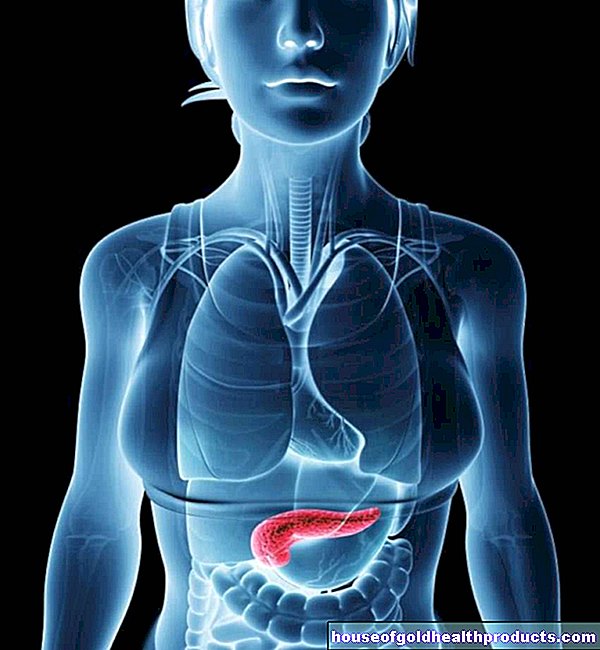
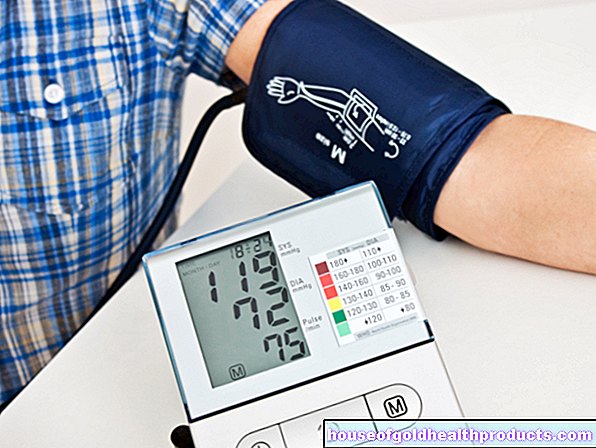
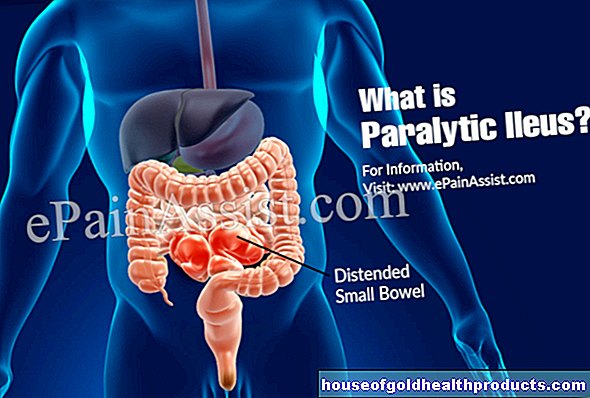

.jpg)



